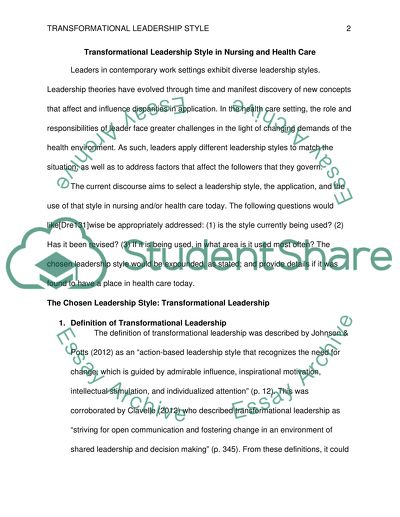Cite this document
(“Transformational Leadership Research Paper Example | Topics and Well Written Essays - 1500 words”, n.d.)
Transformational Leadership Research Paper Example | Topics and Well Written Essays - 1500 words. Retrieved from https://studentshare.org/nursing/1633467-transformational-leadership
Transformational Leadership Research Paper Example | Topics and Well Written Essays - 1500 words. Retrieved from https://studentshare.org/nursing/1633467-transformational-leadership
(Transformational Leadership Research Paper Example | Topics and Well Written Essays - 1500 Words)
Transformational Leadership Research Paper Example | Topics and Well Written Essays - 1500 Words. https://studentshare.org/nursing/1633467-transformational-leadership.
Transformational Leadership Research Paper Example | Topics and Well Written Essays - 1500 Words. https://studentshare.org/nursing/1633467-transformational-leadership.
“Transformational Leadership Research Paper Example | Topics and Well Written Essays - 1500 Words”, n.d. https://studentshare.org/nursing/1633467-transformational-leadership.


